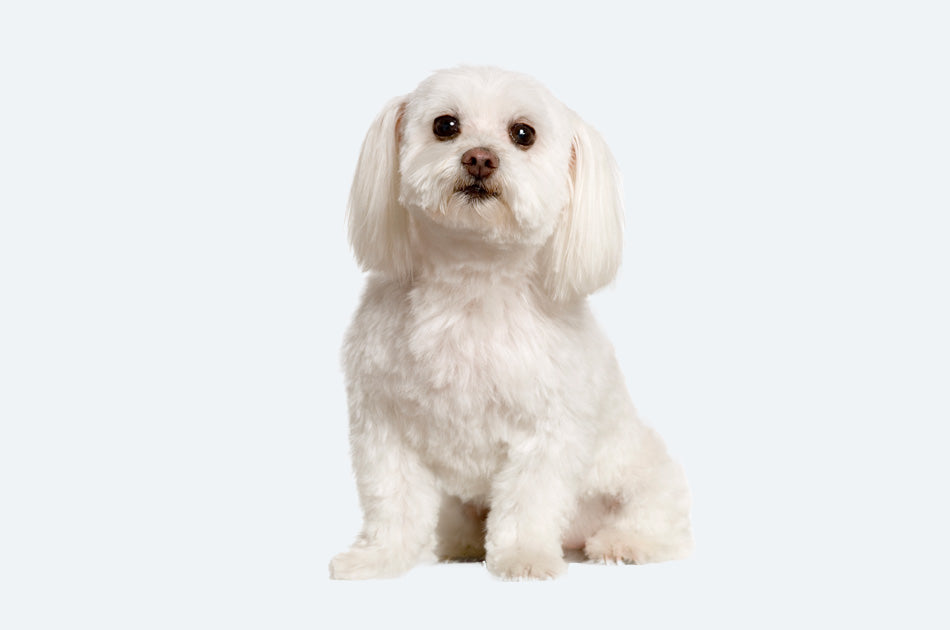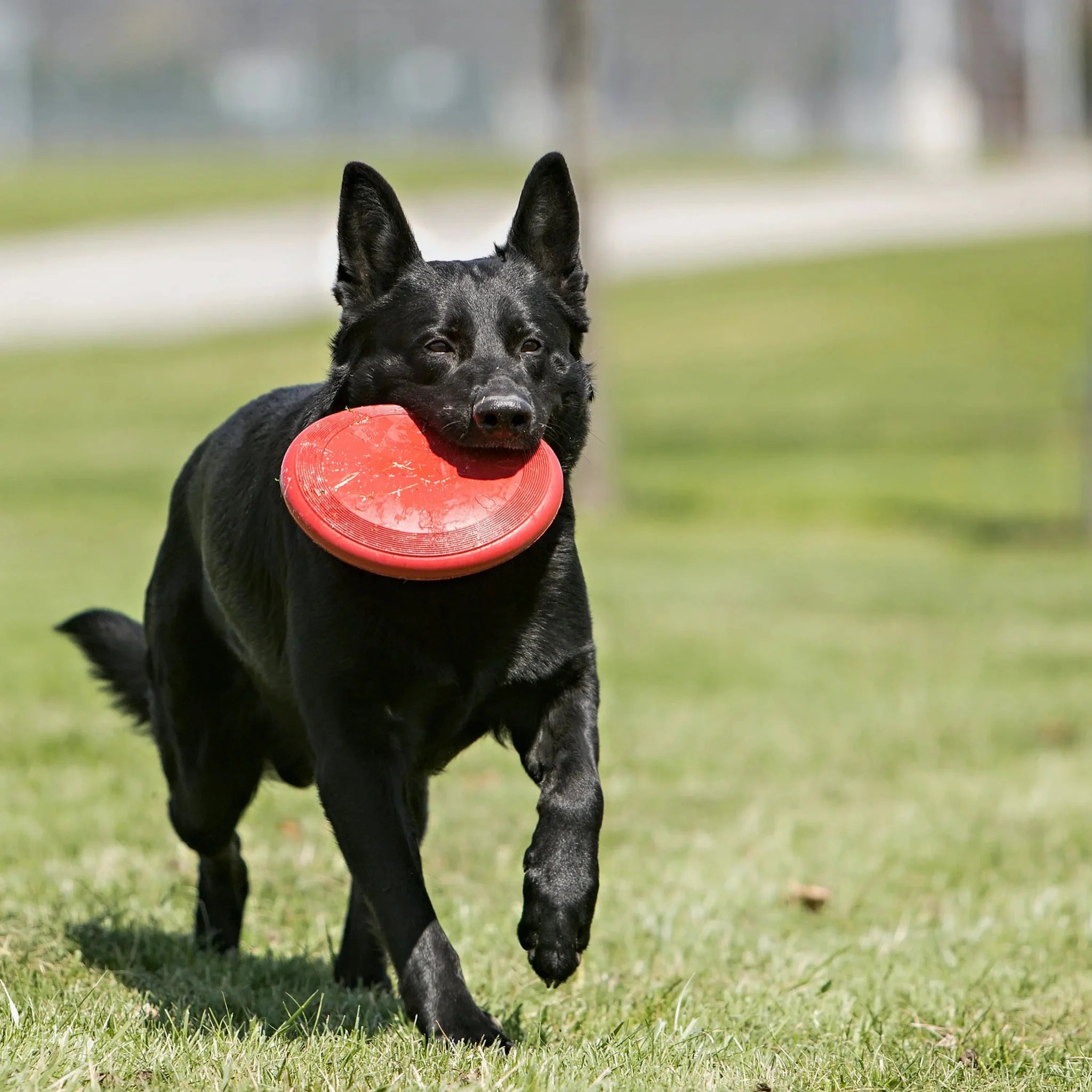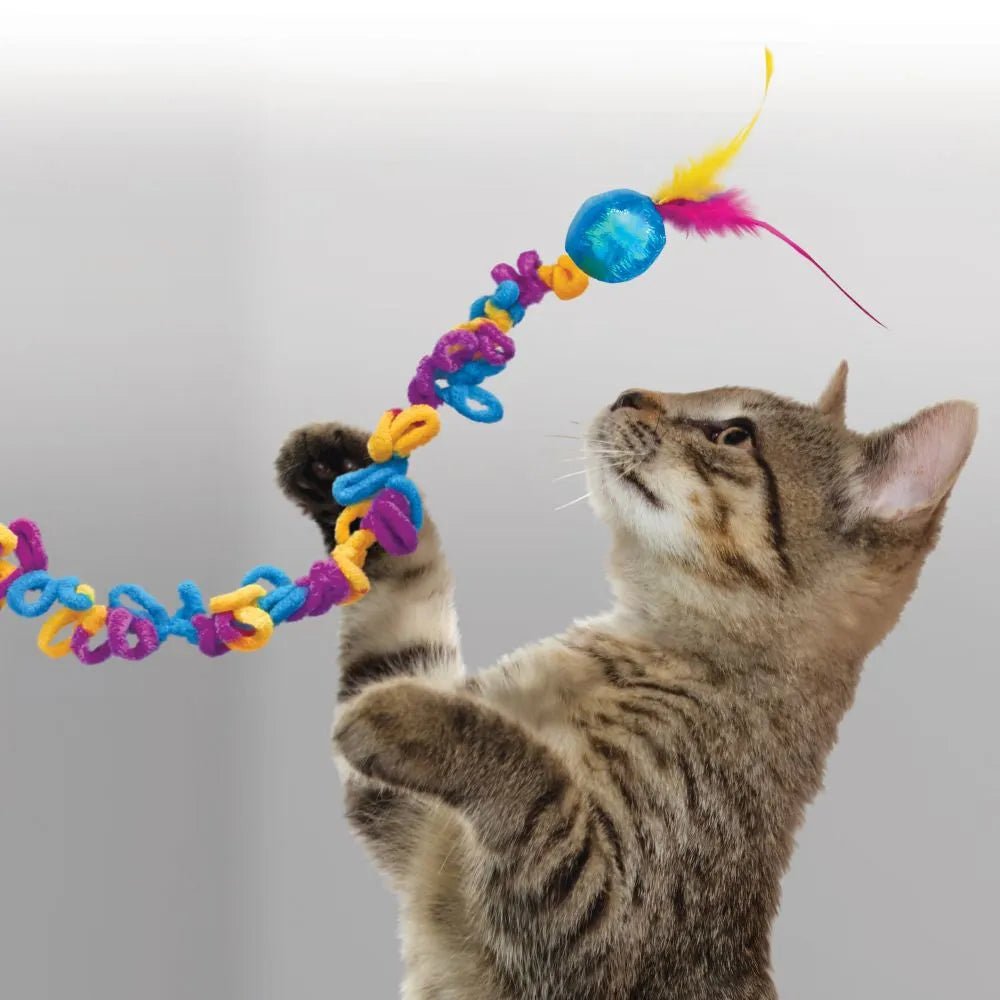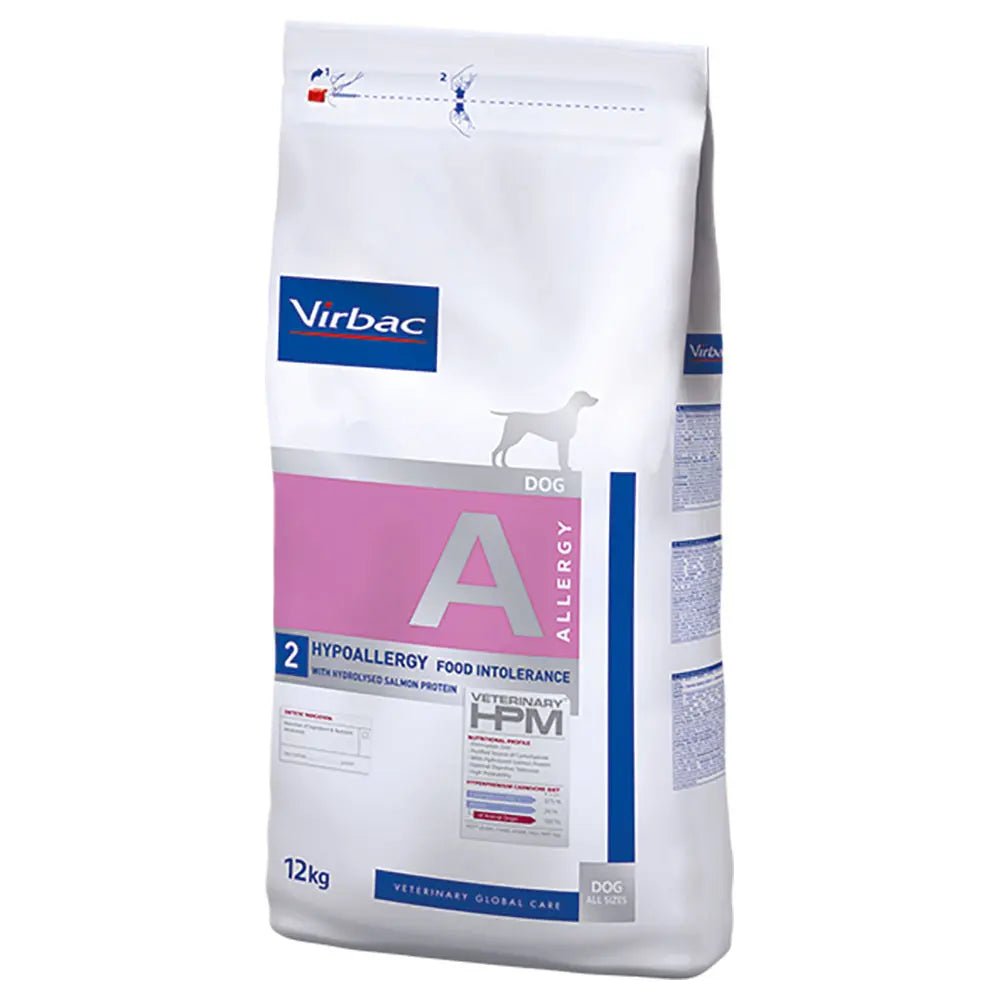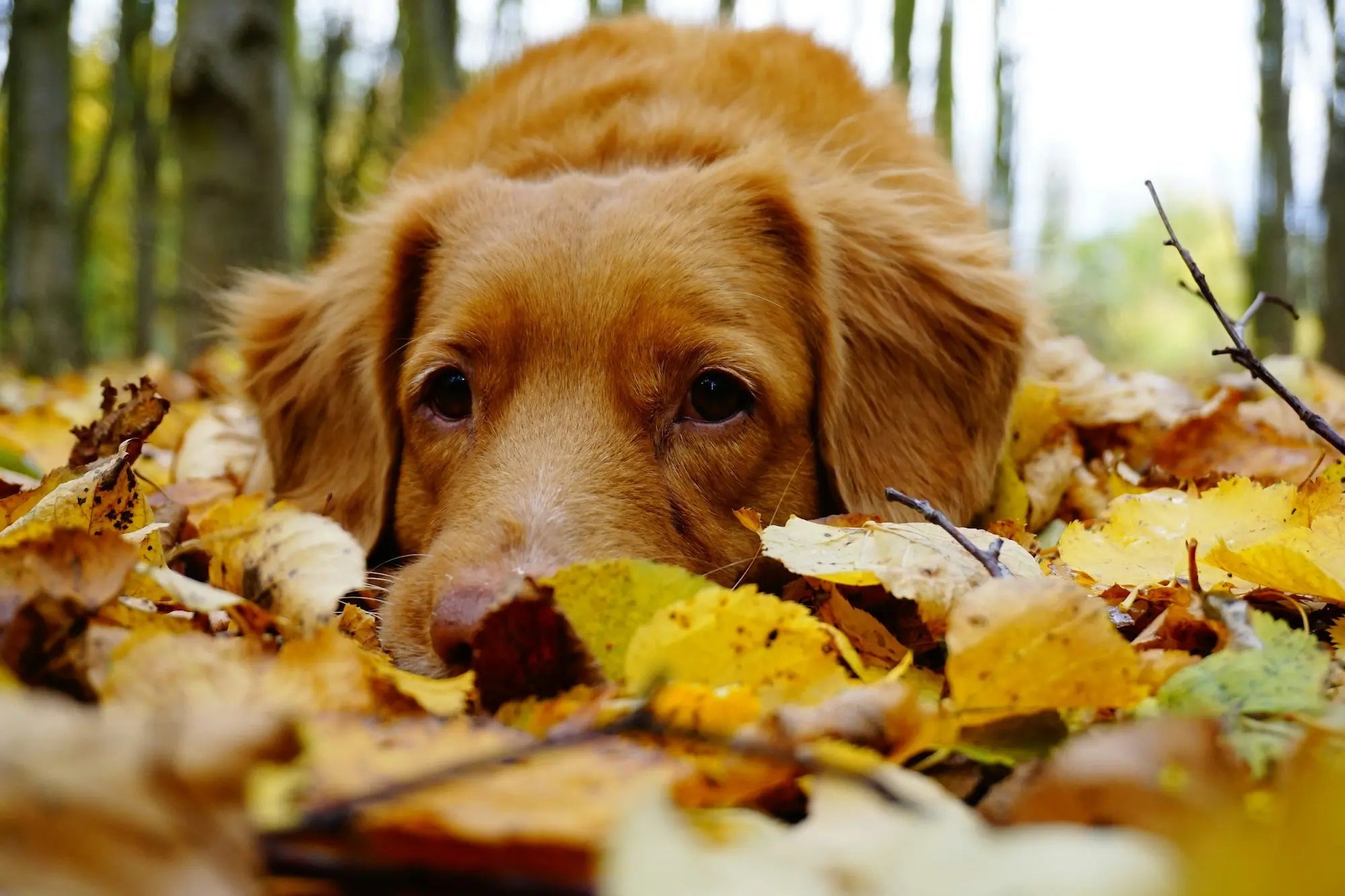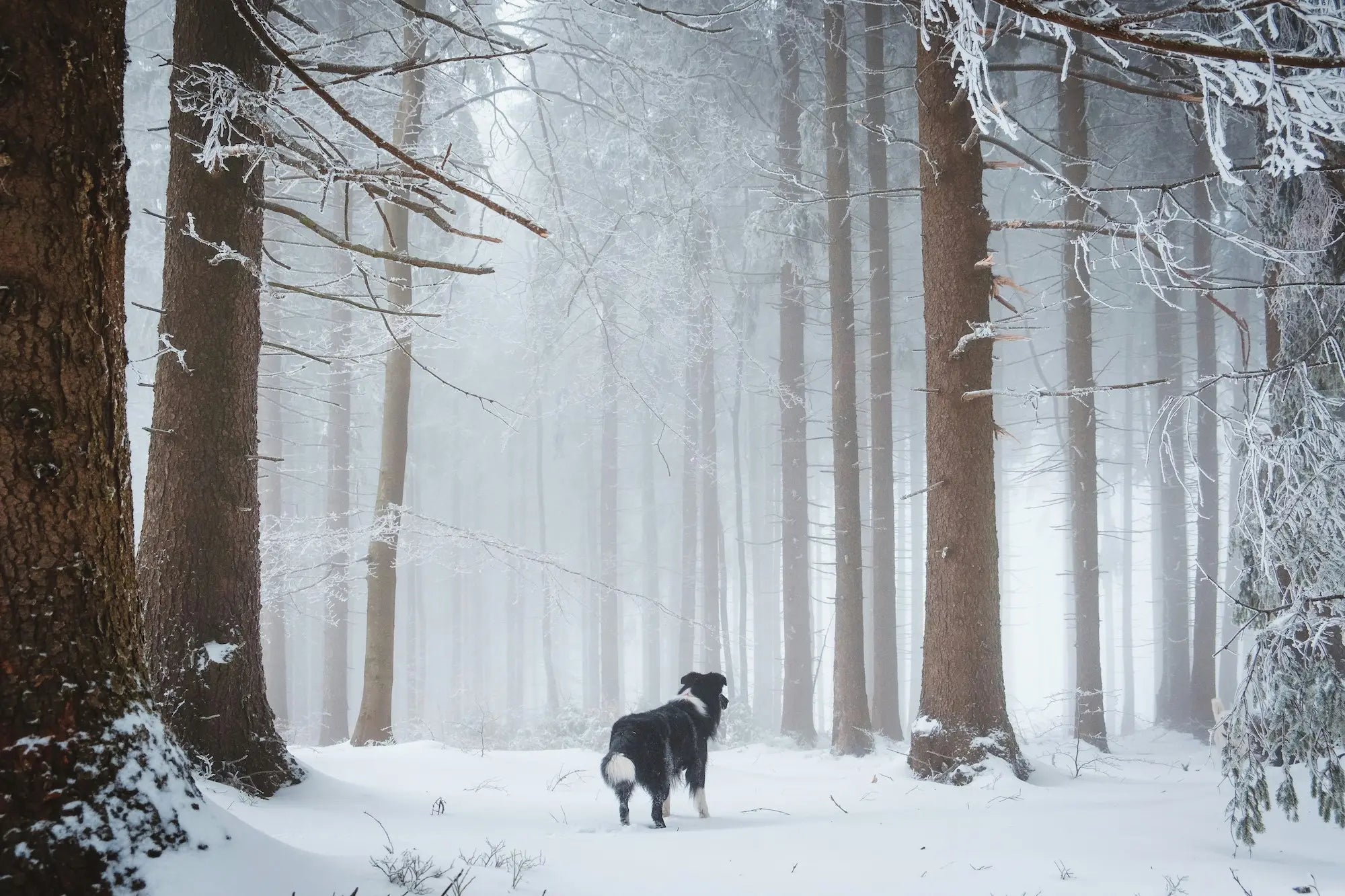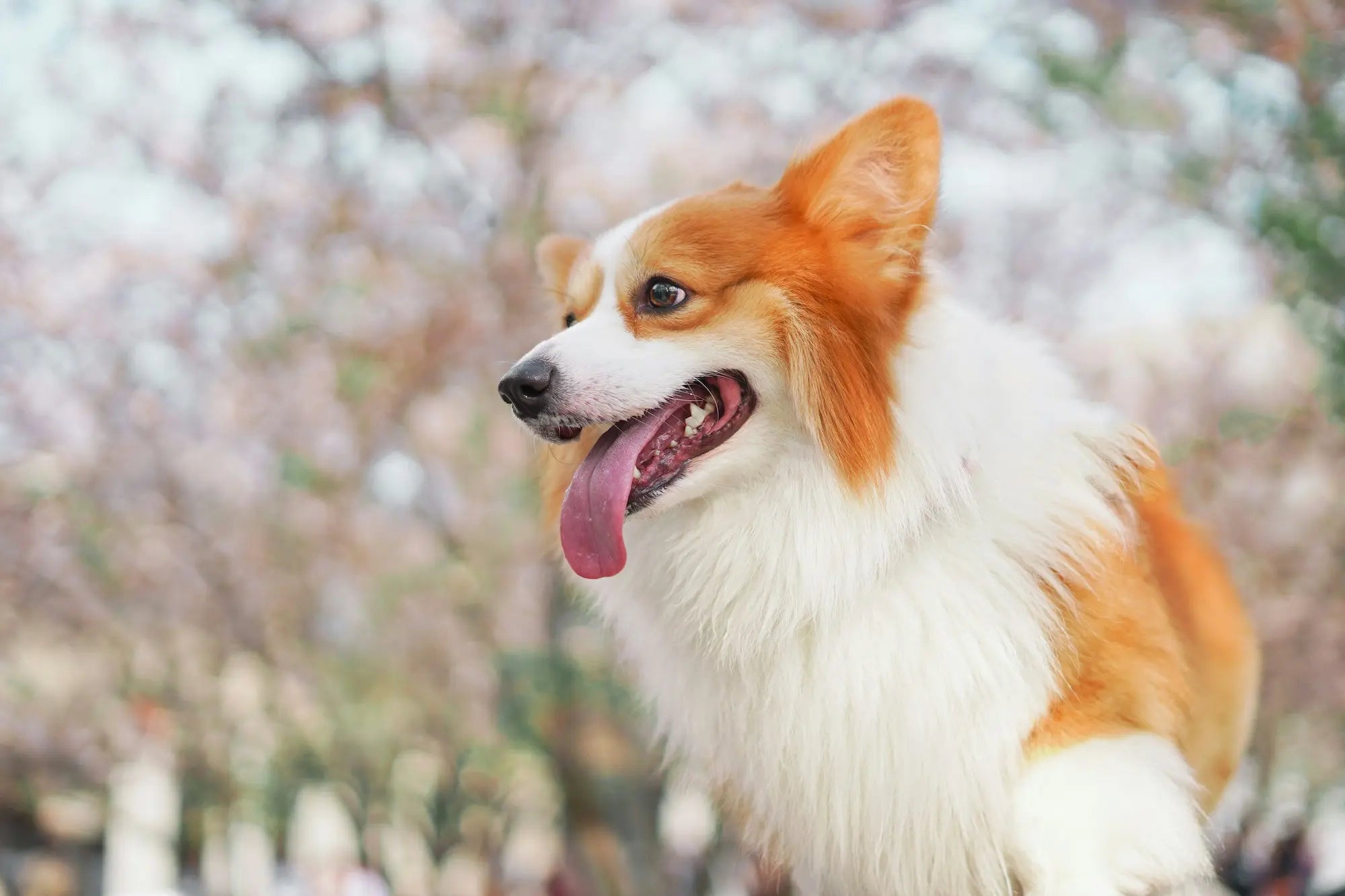The Bolognese dog is a sweet and social companion dog. Are you wondering if a Bolognese dog is the right breed for you? Read more about its personality characteristics, activity level and health, as well as what you should consider in everyday life if you get a Bolognese dog.
race facts

Family friendly

Activity level

Fur care

Training needs

Clearing

Size
Facts about the breed
The Bolognese dog is from the city of Bologna in Italy. The small dog was given as a valuable gift between royal and wealthier families in the 12th - 13th centuries. They were much loved and can be seen in several old paintings. As then, today it is considered only a companion dog, but can of course be used for exhibition.
The Bolognese dog breed has similarities to the Bichon Frise, Havanese, and Maltese, and is believed to be their precursor.
What can you expect as an owner of a Bolognese dog?
Personality
Personality
The Bolognese dog is considered a happy and cheerful little companion dog. It is calm, sociable and usually gets along well with other animals. The Bolognese is a good family dog that becomes very attached to its family and often finds a favorite. It is not very aggressive, but can be reserved towards strangers.
Bolognese can be a bit clingy and may follow you from room to room. As they love attention and don't like being home alone, this is something to consider if you are at work or school and can't take your dog with you.
Activity level
Activity level
Bolognese do not need a lot of exercise, but should be walked for at least half an hour every day in addition to their other walks. Many Bolognese are full of energy and love to play with their owners. Throw a ball or play tug-of-war with a rope! It is always well received by Bolognese.
Training
Training
Bolognese can be a bit stubborn, especially in their youth, but are relatively easy to train. They understand a lot and are easy to learn obedience training. They can also be a bit of a barker, so this is something to think about early on in raising a Bolognese. It is important to be consistent and use positive reinforcement such as dog treats and praise.
Health
Health
Weight and size
Normally, the weight of a Bolognese dog is about 3 - 4 kg.
A male Bolognese is between 27 and 30 cm tall. Bitches are between 25 and 28 cm tall.
Lifespan
12 - 15 years
Hereditary diseases
It is common for some dog breeds to be more prone to hereditary diseases than others. Like other small breeds, the Bolognese dog can suffer from patellar luxation (loose knees). Other diseases that can occur are eye diseases such as progressive retinal atrophy and cataracts .
Fur
Fur
The Bolognese has a fluffy, long, shaggy white coat and requires regular grooming. To avoid tangles, you should comb the coat every day, especially behind the ears, on the belly and legs. No dog is hypoallergenic and allergic reactions can occur. This varies from person to person. In general, the Bolognese dog sheds almost nothing and is considered hypoallergenic.
Food and nutrition
Food and nutrition
When choosing food for a Bolognese dog, you should choose a type of food that is adapted to the dog's health and lifestyle. These small dogs, also called toy dogs or miniature dogs, can be a bit picky about their food. Be careful not to teach them that they will get more tasty food at the slightest sign of pickiness. Be inventive and, for example, put food in a chew toy, so the food becomes a little more interesting.
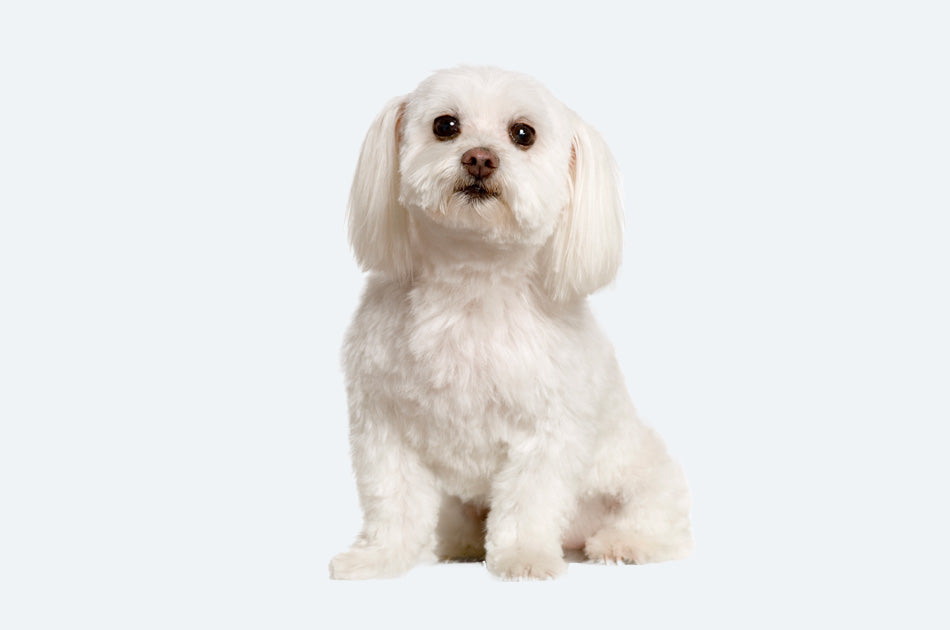
Bolognese
If you want to become the owner of a Bolognese dog, you should make sure to find a reputable breeder. How much a Bolognese costs will vary, but you can expect a price for a Bolognese puppy to be around 25,000 NOK.
It is important to choose a seller who provides you with information about how the dog was bred to ensure that you are not contributing to uncontrolled or illegal dog trade. Unfortunately, not everyone breeds properly and properly, which can lead to serious diseases in the puppies. Being well prepared and finding a reliable breeder is therefore in the best interest of both you and your dog.


